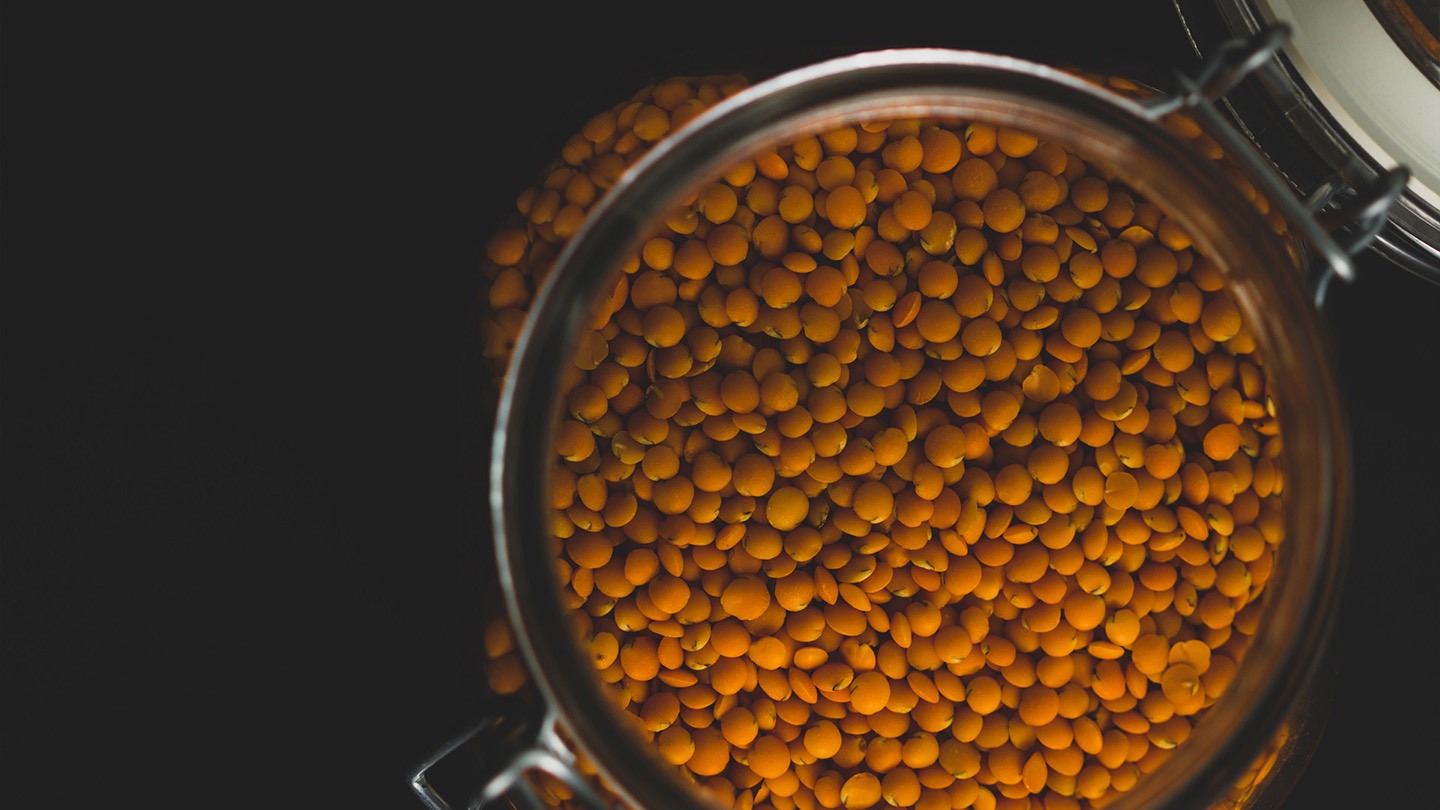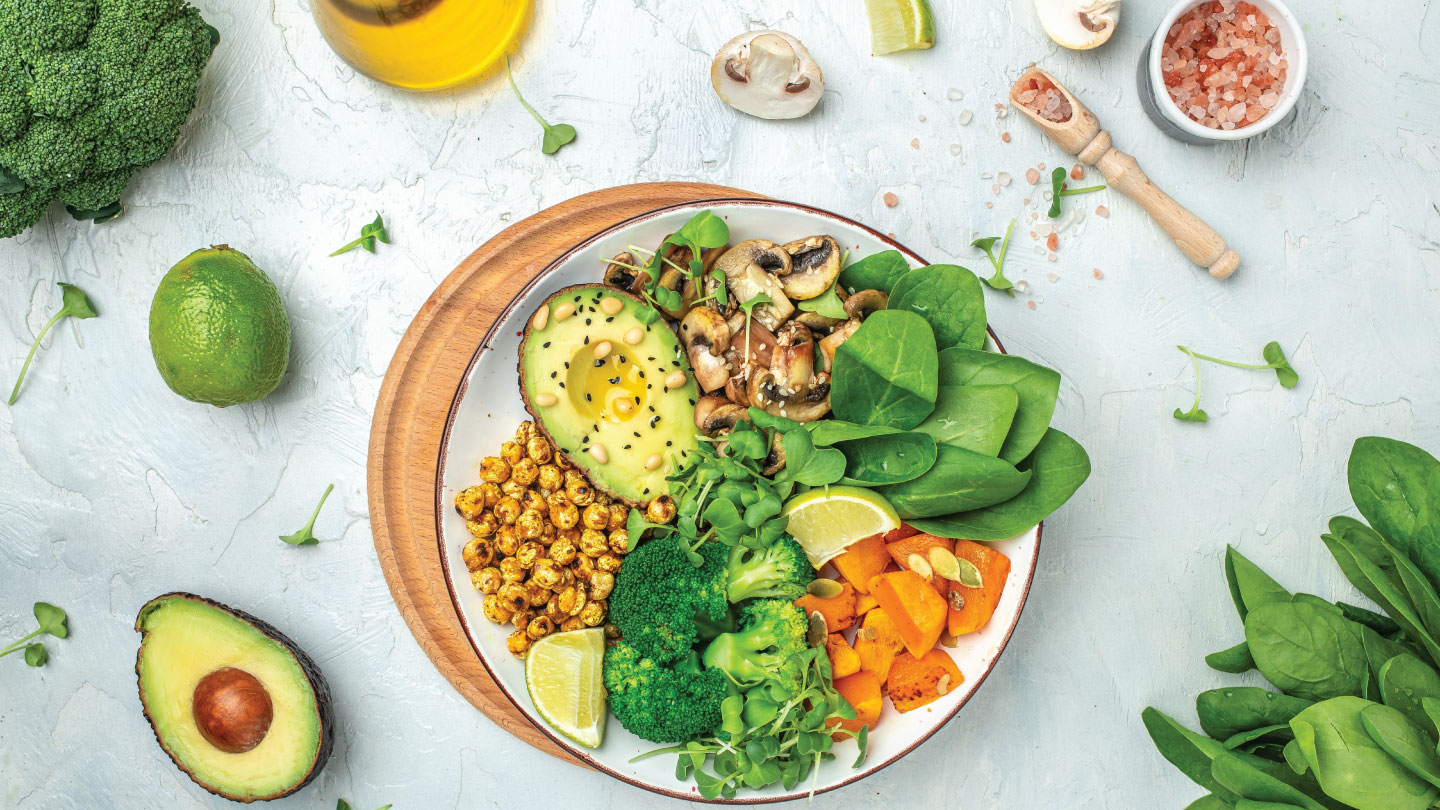Nutrition
7 Easy Ways To Get Enough Calcium When You’re Vegan
If you are on a vegan diet or are lactose intolerant, you may be worried about what cutting out milk means for your calcium intake. Luckily, there are many easy alternative calcium-rich foods that can give you what you need.

Our skeletal system forms the framework of our body, and to maintain bone health, calcium is essential. Not only is it necessary for our bones and teeth, calcium also plays an important role in regulating muscle movement, maintaining cardiovascular health, and ensuring proper nerve function. It is the most abundant mineral in the body.
Most adults require about 1000 mg of calcium per day. A review article published in Osteoporosis International suggests that globally, a considerable portion of people do not meet the Recommended Daily Intake (RDI) of calcium in their diets. The food most commonly associated with calcium is milk. However, there are many other calcium sources that can provide those on vegan or lactose intolerant diets with adequate calcium.
Plant-based Foods That Are Rich In Calcium
1. Seeds: Some seeds such as sesame, poppy and chia are high in calcium content. 28 g of chia seeds can have 18 percent of the daily value of calcium. Seeds are also full of Omega-3 fatty acids, fibre, and antioxidants. Add tahini to your salad as dressing, or add chia seeds to your breakfast bowl for an early morning calcium boost.
2. Beans and lentils: Beans and lentils are not only very filling, they are also a great source of calcium. They are high in protein and fibre, as well. In a 100 g, the calcium content of kidney beans (rajma) is about 134 mg, chickpeas is 105 mg, and brown lentils is 76 mg. Peas are another calcium rich legume, with 4 percent of daily value per cup.
3. Leafy Greens: Leafy greens like bok choy and kale and spinach are a good way to include calcium into your daily meals. However, it is important to keep in mind that some leafy green vegetables such as spinach and rhubarb are higher in oxalate, which can bind to calcium and hinder its absorption, as well as cause kidney stones, than others such as kale, bok choy, and mustard greens. According to a study published in the Journal of Agricultural and Food Chemistry, boiling can reduce the amount of oxalate by 30 to 87 percent. Add leafy greens to your salad, boil or steam them as a side or use them in your green smoothie.
4. Almonds: Not all nuts are high in calcium, but almonds can give you about 250 mg of calcium in a 100 g. Snack on some almonds when you get the munchies for an easy way to include more calcium in your diet, or spread some almond butter on toast for breakfast.
5. Soya bean: Soya beans, and other related ingredients such as edamame and tofu, can be your key to better bone health. They are also an excellent plant-derived source of protein, as well as antioxidants and different vitamins and minerals. A 100 g of brown soya bean has around 239 mg of calcium.
6. Vegetables: Some vegetables like broccoli and okra can give you the calcium your body needs. Half a cup of boiled okra can contain 6 percent of your daily calcium requirement. Have some delicious broccoli soup or cook up some masala bhindi for a calcium-rich meal.
7. Fruits: Figs, oranges, and kiwis are good calcium sources. One cup of dried figs can have 24 percent of daily value of calcium, while a cup each of orange and kiwi offer about 72 mg and 61 mg of calcium content respectively. Eat your way to better bone health with a refreshing bowl of fruits.
EXPLORE MORE
If you’re on a GLP-1, your diet can make or break your health journey. Here’s your guide to avoid common pitfalls.
Bright, tangy, and naturally refreshing, this orange chutney offers a burst of citrusy sweetness with a gentle hint of spice. It’s the perfect accompaniment to elevate daily meals with freshness and depth.
What you eat matters, but how you pair it matters even more. Transform simple meals into nutrient powerhouses.
Fibremaxxing is everywhere on social media but is doubling down on fibre really the secret to better gut health, or can one overdo it?







.jpg)

.jpg)
